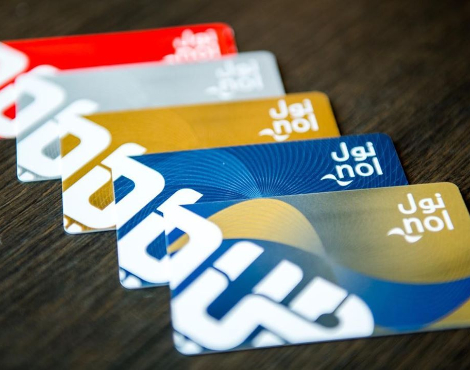The world is on the move, and how we move is undergoing a profound transformation. In the heart of this change are digital wallets and smart cards, revolutionizing urban transportation across the globe. These technologies are not just changing the way we pay for transit but reshaping the very fabric of city living. Dubai, with its pioneering digital Nol cards, stands as a testament to this transformation.
The Global Shift to Digital Transit Payments
Around the world, major cities are embracing digital wallets and cards to simplify public transportation. The reasons are clear: efficiency, ease of use, and enhanced security. Cities like London, Singapore, and New York have led the charge, allowing commuters to tap their way through metro gates and bus doors using various digital payment methods.
Dubai’s Nol Card: A Model of Innovation
Dubai’s own Nol card system exemplifies this innovation. Initially introduced as a physical card for accessing the RTA’s public transportation, it has evolved into a digital wallet, simplifying and unifying payment across multiple transport modes. This integration represents a significant leap in making urban transport more accessible, user-friendly, and efficient.
The Advantages of Digital Wallets in Transit
The benefits of digital wallets and cards in transit are manifold. For commuters, it’s the end of fumbling for cash or waiting in line for a ticket. A simple tap of a card or smartphone means the journey can begin immediately, saving precious time and reducing stress. For transit authorities, digital payments offer real-time data to optimize routes, schedules, and capacity planning.
Enhanced Security and Fraud Prevention
Digital payment methods in transit systems come with advanced security features. Encryption, tokenization, and biometrics have made digital wallets much more secure than traditional payment methods, significantly reducing the risk of fraud and theft.
Personalization and User Experience
Smart digital wallets and cards also offer opportunities for personalized travel experiences. With data analytics, transit operators can offer customized travel recommendations, loyalty programs, and dynamic pricing. In Dubai, for instance, the Nol card system can tailor services and promotions based on travel patterns and preferences. skygame.uk
The Environmental Impact
Digital transit payments are more than a convenience; they are a step towards sustainability. By reducing the need for paper tickets and the resources needed to produce plastic cards, digital payments align with global efforts to create greener, more sustainable urban environments. herohunt.uk
Integrating Multiple Transport Modes
One of the standout features of systems like the digital Nol card is their ability to integrate various transport modes. In Dubai, a single digital Nol card can access metros, buses, taxis, and even parking services. This integration simplifies logistics for users, who no longer need multiple cards or apps for different types of transportation. natureaffect.uk
Challenges and the Road Ahead
The transition to digital transit payments isn’t without its challenges. Issues of digital divide, privacy concerns, and the need for robust digital infrastructure must be addressed. However, the trajectory is clear. Cities are increasingly moving towards these smart, integrated payment systems.
Digital Nol Cards: A Case Study in Innovation
Dubai’s digital Nol card initiative serves as a pioneering case study. The city’s approach – comprehensive digital integration across a range of services, continual innovation, and a focus on user experience – offers valuable lessons for other urban centers looking to modernize their transport infrastructures.
Conclusion
The revolution in urban transportation fueled by digital wallets and smart cards is more than a technological shift. It’s about reimagining the urban experience, where efficiency, safety, and sustainability are no longer aspirations but realities. Dubai’s journey with the digital Nol card illuminates this path, showcasing what’s possible when technology meets vision. In a world racing towards an increasingly digital future, the way we navigate our cities is not just changing; it’s evolving to take us further, faster, and with greater ease than ever before.




